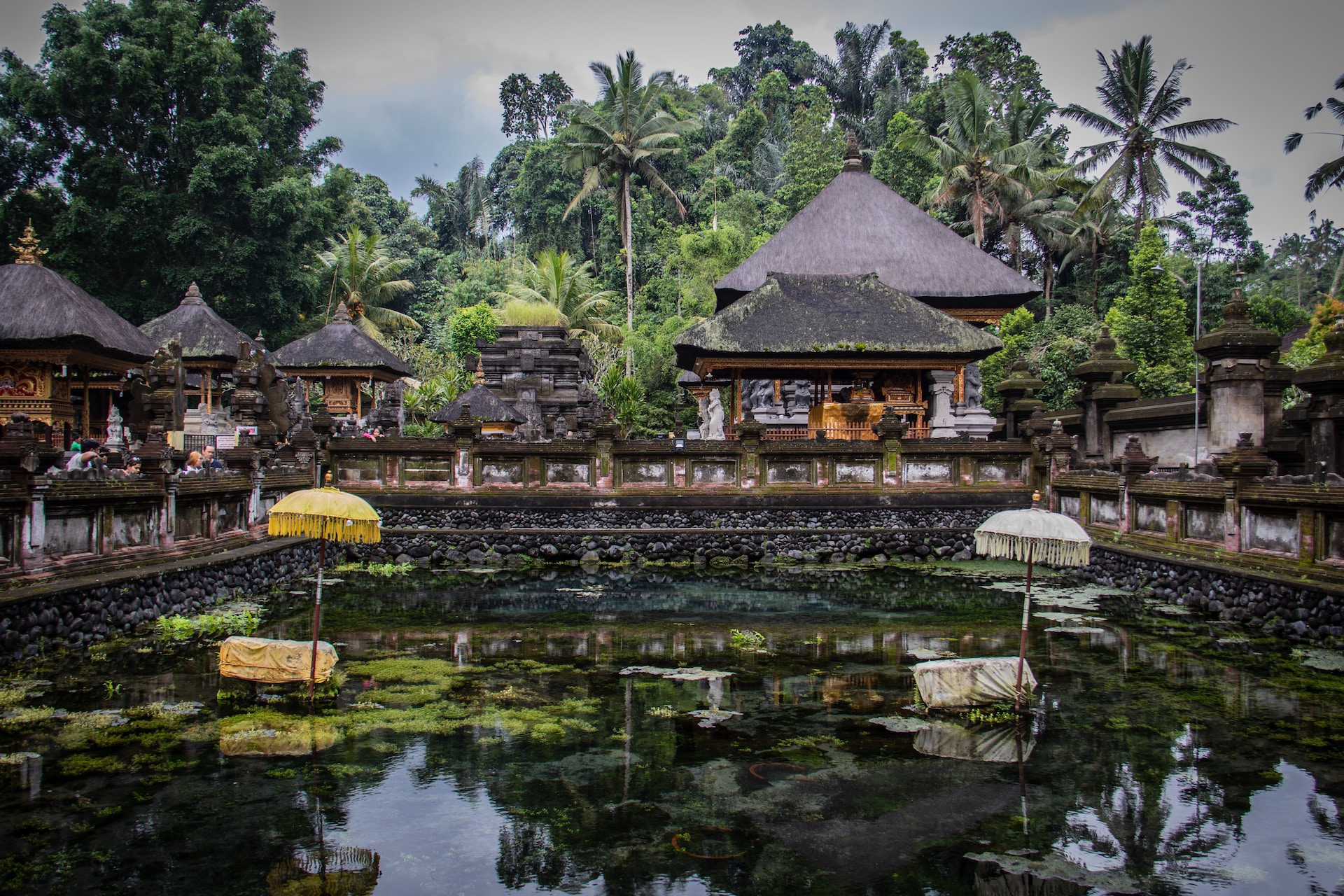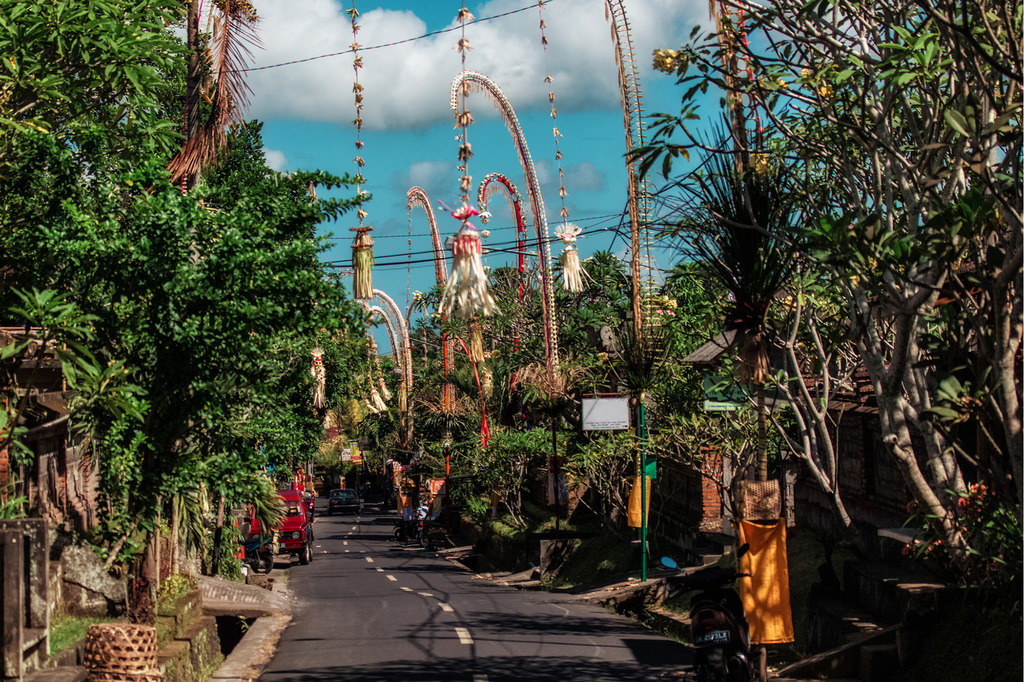Located in the village of Bali, amidst lush greenery and beautiful landscapes, Tirta Empul is a sacred temple renowned for its holy springs. This spiritual site holds great significance for the Balinese Hindus, and visitors are invited to partake in a cleansing ritual in the purifying waters. In this guide, we will embark on a journey to discover the mystical allure of Tirta Empul and understand the cultural and spiritual importance of this ancient site.
History and Significance of Pura Tirta Empul

Tirta Empul, also known as the Holy Water Temple, has a rich history dating back to the 10th century. Built during the Warmadewa dynasty, the temple is dedicated to Vishnu, the Hindu god of water. The main attraction of Tirta Empul is its sacred springs, which are believed to have curative properties and are considered holy by the Balinese people.
According to local legend, Tirta Empul’s springs are said to have emerged from the ground when the god Indra pierced it to provide a source of water for his army. The waters were believed to possess magical and healing powers, and over time, the temple became a place of worship and purification pools temples in Bali.
How to Get to Tirta Empul Holy Water Temple, Bali

Tirta Empul Temple is located in one of the busiest villages of Manukaya, in the Tampaksiring region of Gianyar Regency, Bali, Indonesia. The temple is approximately 36 kilometres northeast of Denpasar, the capital city of Bali. The address is at Jalan Tirta, Manukaya, Tampaksiring, Gianyar, Bali, Indonesia.
The temple is easily accessible from popular tourist areas like Ubud, around 15 kilometres to the south. Visitors often include Tirta Empul as part of their itinerary when exploring central Bali’s cultural and scenic attractions. The temple’s location is surrounded by lush greenery and, near the Tampak siring rice terraces, adds to the stunning area of the temple.
The Ritual Bathing ‘Melukat’ Experience

One of the highlights of visiting Tirta Empul holy water temple is participating in the traditional purification ritual known as “Melukat.” Visitors must wear a traditional sarong and sash before entering the temple’s water spring sacred pools. The Melukat ritual involves a series of steps, including prayers and submersion in the holy waters of the springs. Many believe that this ritual cleanses the body, mind, and soul.
Exploring the Holy Spring Water Temple
Apart from the holy springs, Tirta Empul features a complex of courtyards, shrines, and pavilions. Intricately carved stone structures and lush gardens surround the temple, creating a serene atmosphere for spiritual contemplation. Visitors can stroll through the temple grounds, admiring the architectural details and absorbing the tranquil energy that permeates the area.
What to Know Before You Go to Tirta Empul
Respect Local Customs
When visiting Tirta Empul, it is essential to respect the sacredness of the site. Follow the temple rules, dress modestly, and maintain a quiet and good manner.
Timing is Everything
To experience the spiritual ambience of Tirta Empul without the crowds, consider visiting early in the morning or during weekdays. This allows for a more intimate connection with the site and its sacred surroundings.
Participate in Rituals
While visitors are welcome to observe the Melukat ritual, those who wish to fully immerse themselves in the experience can seek the guidance of a local priest or guide who can provide insight into the significance of each step.
Tirta Empul’s Holy Springs Unveiling the Essence of Balinese Spirituality
Tirta Empul’s holy springs offer a unique opportunity for visitors to engage in a profound and cleansing ritual, connecting with the island’s ancient traditions. A visit to Tirta Empul is not just a touristic experience but a journey into the heart of Balinese spirituality, leaving visitors with a sense of holy spring water and a deeper understanding of the island’s profound cultural roots.


































